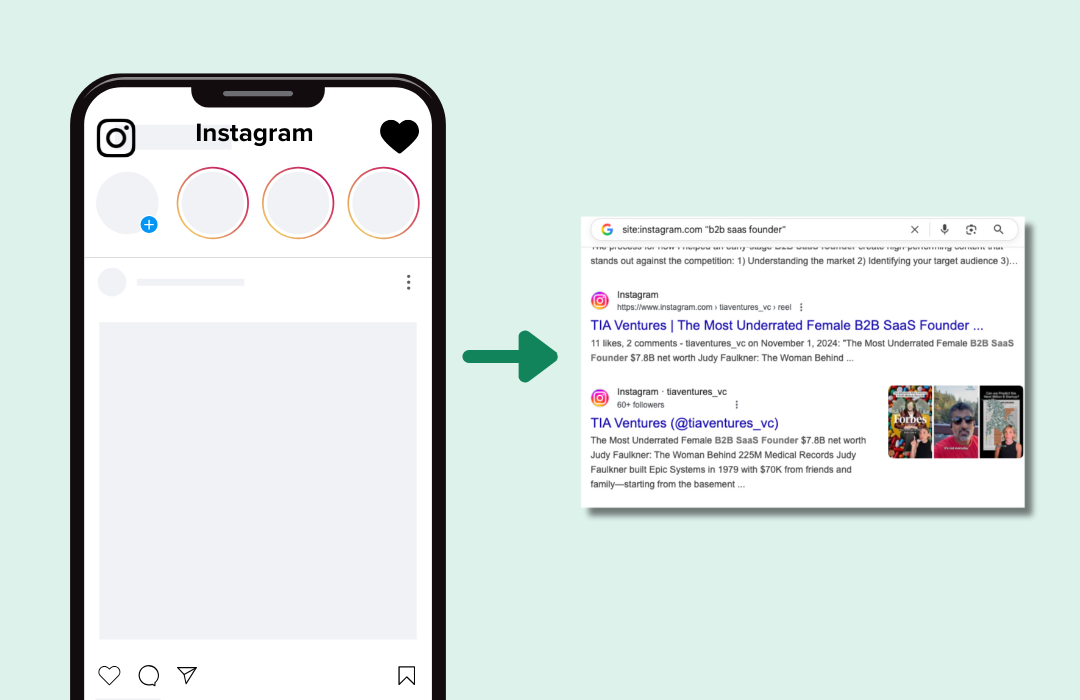Requests for proposals are a mixed blessing. Completing them can be a tedious, unpleasant task, but they can’t be completely ignored because they can lead to significant sales revenue.
The key is to identify which RFPs give you the greatest probability of being chosen, and respond only to those.
It seems simple, but let’s start with the foundational: what an RFP is, how to separate the good opportunities from the bad, and then how to begin responding to an RFP.
What Is an RFP?
The purpose of a request for proposal (RFP) is to solicit detailed information through a controlled competitive process usually controlled by the procurement department.
The goal is to gather information from potential suppliers to determine the best fit for the purchasing organization. It places the burden for analyzing product functionality questions on the seller rather than the buyer.
RFPs are often required by governments and non-profit companies to assure that purchases are not subject to corruption or bias. Governments sometimes call it a Request for Tender (RFT.)
Outside consultants are often hired to help prepare RFPs. They normally include a price quote that must be honored for a specified time. And there is normally a period in which all vendors are allowed to submit questions for additional information. The answers are then sent to all vendors or suppliers.
Sometimes a Request for Information (RFI) precedes the RFP. RFIs are less detailed, and are used to determine which suppliers the RFP should be sent to in the next step.
The RFI will normally include questions such as the company’s history, current and future product or service offerings, functional capabilities, and sometimes prices.
Many companies have procurement policies that stipulate that a certain minimum quantity of suppliers must be considered for purchases over a certain dollar amount.
RFPs help companies achieve reductions in their spending level through competition for their business. They also reduce any influence or advantage a supplier has over others by making the process more transparent.
8 Questions You Need to Answer
To determine whether an RFP is a great opportunity or a waste of time, you need to ask yourself eight questions.
- Is the RFP from an existing customer?
- Do you understand the scope of what they are looking for? (If not, can you obtain this information before you respond?)
- Is your product an excellent fit for their needs?
- Will it help them solve their stated business problem?
- Have you provided the product to similar companies and have references?
- Do you have the time and resources to prepare a superb response?
- Will the company allow you access to the decision-makers and key staff?
- Do you believe your price will be in the range they are expecting?
If you answered “no” to any of the above, it might not be worth responding to the RFP. The exception to this is if it is from a company that you have never done business with, and it might be your only opportunity to gain a foothold into the company. In that case, the RFP may be worth pursuing — but only if it meets all seven other criteria.
When to Politely Decline
There are a lot of reasons you should avoid taking part in an RFP. But I’m going to highlight two of the biggest red flags that I’ve come across quite a bit.
Lack of time
RFPs normally have an enforced due deadline — usually two to four weeks from when it is received. If you’re unable to put together a first-rate response in that time, call or email the designated contact and ask for more time to respond. The quality of your RFP response represents the quality of your company. Putting in a minimal amount of time on an RFP is always a bad idea. You will rarely be selected, and it may degrade your reputation.
If they refuse to give you extra time, ask if others received the RFP before you did or whether everyone is under the same time restrictions.
You may find that they included you in at the last minute — this could be very good or very bad. It can be great if someone referred them to you , but it can be terrible if you were only included to fill out a requirement.
Because of this, knowing why you were included last minute is extremely important. So, dig a little deeper to find out which camp you’re in. Ask if they’ll tell you if you were referred by someone, and ask around your network. For instance, if you know you have a champion on their team, it might be worth asking if they recommended you.
Not knowing an RFP was on the way
If you didn’t know the RFP was being sent out, that is an immediate red flag that your company may have only been included to meet the required minimum quantity of suppliers. As a result, there is a high probability your product or service will not be selected and your time and efforts will be wasted.
Consider the opportunity cost of completing the RFP. If it will take seven workdays to complete the RFP, for example, would you be better off investing your time elsewhere? If not, you should complete the RFP.
Normally at least one supplier knew the RFP was being issued and may have offered to assist by providing product or service specifications.You then need to determine whether you think your solution will be competitive. If you know other suppliers or vendors have a solution that better fits the company’s needs, it may be worthwhile to decline participation.
Separate the RFP from the Sales Process
Sometimes you will receive an RFP from one of your customers and you may feel obligated to complete it to maintain a good business relationship. In that case, you should invest the time to provide a quality response. Even if it doesn’t result in immediate business, it will help you gain business down the road by being included in the next RFP.
The RFP often specifies that all contact is to go to a specific person in the procurement department. This is to centralize control of all contacts, so that one supplier doesn’t gain an advantage over the others by receiving information that the others did not have.
Failure to follow this rule can lead to your company being excluded from further consideration.
This presents salespeople with a very difficult circumstance: if you have built a long-standing relationship with several executive and staff team members, do you cease conversations with them during this time?
Yes! Unless you receive permission from the procurement person to have the conversation, stay quiet or risk being disqualified.
I have sometimes sent emails to both my primary contact and the procurement person requesting a conversation to gather more information. How well this works will depend on how strict the RFP is. If you find that the lack of access is too limiting, then it is best to walk away.
Once you’ve decided whether you will proceed or decline the RFP process, it’s important to notify the company of your intentions.
If you decline to participate in this RFP, a one-sentence reply is adequate. No further explanation is advised, but you must notify them. There may be occasions in the future where you want to be included, and responding now will build goodwill and make sure you’re included in the next RFP.
How to Respond to an RFP
Once an RFP is received and a decision is made to proceed with the process, you need to ensure your response is professional and thorough.
Focus on fit
Make sure it’s clear how your solution, or value proposition, will best fit their needs. Don’t rely on sales puffery.
If you cannot answer “yes,” or that your product can handle the requirement, don’t hide it. Simply explain your suggested alternative.
Don’t present multiple options
Don’t present multiple options to the buyer unless requested. They want you to recommend a solution, not toss it back to them.
Provide proof
When preparing your response, be sure to explain where you have offered similar solutions to comparable organizations or customers in their geographical area or vertical industry. And emphasize the value and benefits you’ve brought to that company.
If you are providing a service, list the qualifications of the staff that will be assigned to the project.
Avoid non-industry acronyms and jargon
Acronyms not in general usage will not impress the people that know or don’t know their meanings.
Not everybody in the receiving organization may know what a 3DWQM is, or even what DoD is, for example.
Your response should be informative enough that a person unfamiliar with your solution would understand it. Don’t expect they’ll know what you’re talking about.
Review it carefully
Some companies assign the completion of RFPs to junior sales or support persons as a training exercise. While this is a good method to introduce newer people to the process and to the products or solutions, their unfamiliarity will almost always result in a sub-optimal RFP response.
So, if you decide to have these people begin the process, or do the first draft, make sure their work is reviewed and corrected before submission. Otherwise, it is a complete waste of time.
When you’re reviewing, be aware that your response may be shared with your competitors, so be careful not to reveal any information you don’t want them to know.
You’re either all-in or all-out
All team members must understand their role in the process, which sections or questions they are to answer, when their answers are due, and what you are proposing.
A mistake some companies make is that each product expert, or functional person, answers their respective area. This may seem fine on paper, but it leads to answers that are completely different in style, grammar, and context. In some cases, it can even lead to contradictory information.
Take extra care to ensure there is one voice presented back to the buyer.
Be sure to also include your marketing department in the RFP preparation process, and ask them to review the final document to ensure that proper spelling, grammar, and company marketing standards are being followed.
To RFP, Or Not to RFP
RFPs are not something to be afraid of, but you should weigh the decision carefully, and know what you’re getting into.
It’s been said that there are two winners when an RFP is issued — the supplier that is chosen and those that declined to participate in the process.
So, choose wisely, put in your best work, and start winning big deals.
Good luck!







